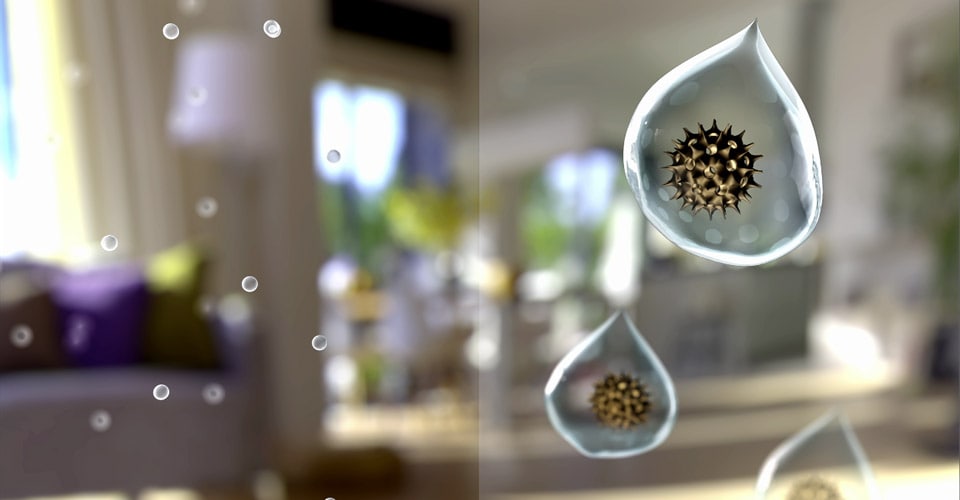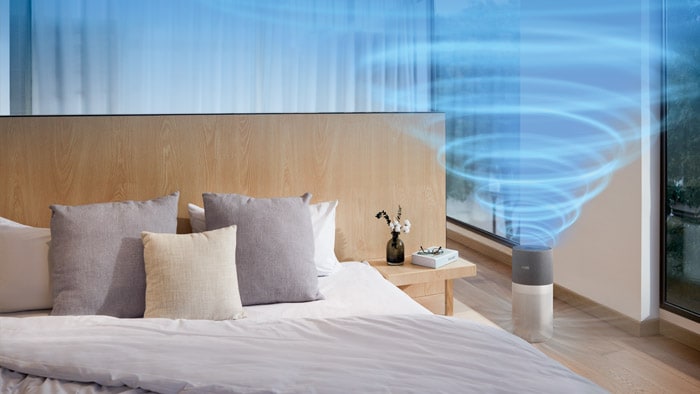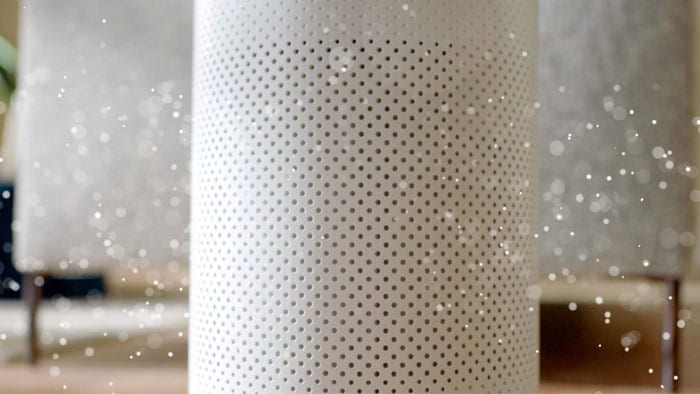Reading time: 4 Min
What causes dry air at home?
We all want to be comfortable in our own homes and achieving the right level of humidity at home plays an important part. Overly dry air in house can lead to issues, just like overly humid air can, too. Ideally, humidity levels would sit between 30% and 60%, but when it’s below 30% it makes the air too dry in a home. Learning how to measure humidity levels will help you monitor the situation, and take action. And knowing the symptoms and causes of dry air in home will help, too. Here’s what you need to know!
What causes dry air in house?
In simple terms, cold temperatures are the main cause of dry air at home. When temperatures drop, air struggles to retain moisture. Add that to the fact that we tend to reach for the central heating dial when it gets colder, and that’s not a good combination when it comes to dry air in a house.
So, specifically, what causes dry air in a house? For starters, a lack of insulation. And also, central heating. Let’s deal with one at a time.

Causes of dry air in home – poor insulation
The less your home is insulated against the cold, the more likely dry air is going to seep into your home’s atmosphere. That could be poor seals around doors and windows, cavity walls, roof, or loft insulation, and even cracks in brickwork. Essentially, cold, dry air is going to try find any gaps or holes it can to get into your home!
Cause of dry air from heater
You might think that increasing the temperature would help when the air’s too dry in a home. After all, it’s cold air that causes moisture to be removed. However, when we blast the central heating, we aren’t adding any moist heat, we’re just making any moisture that’s left dissipate even further. Outside air has a chance to hold onto a little moisture from moist trees, ground and grass. However, in the home, there’s not much moisture for air to cling too.
The symptoms of dry air
When we think about the symptoms of dry air we can be split it into two categories: your house showing signs of issues, and the health implications for the inhabitants.
Starting with your home’s symptoms, the following signs could indicate dry air:
Now onto people’s physical symptoms that can result from dry air:
Symptoms like sneezing and a dry air cough can also increase the chances of viruses spreading.
What you need
-
3000i Series
Air Purifier and Humidifier
AC3829/60
- Purifies rooms up to 80 m²
- 310 m³/h clean air rate (CADR)
- 600 ml/h humidification rate
- Connected with CleanHome+ app
£550.00*
How to deal with dry air at home
Adding houseplants is one option to increase humidity, but more help is needed when the levels drop too low. Investing in a quality humidifier, like the 2-in-1 Air Purifier and Humidifier Series 3000i, can make a big difference, as it not only helps to maintain consistent humidity levels, it cleanses the air too.
With the potential causes and symptoms of dry air covered, at least now you can identify them and start to make steps to improve the humidity levels in your home. Good luck!








